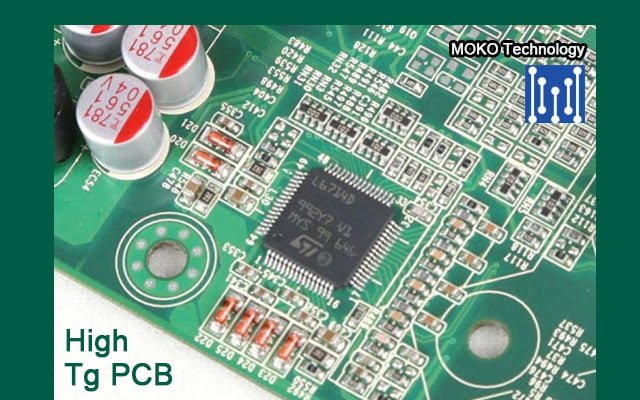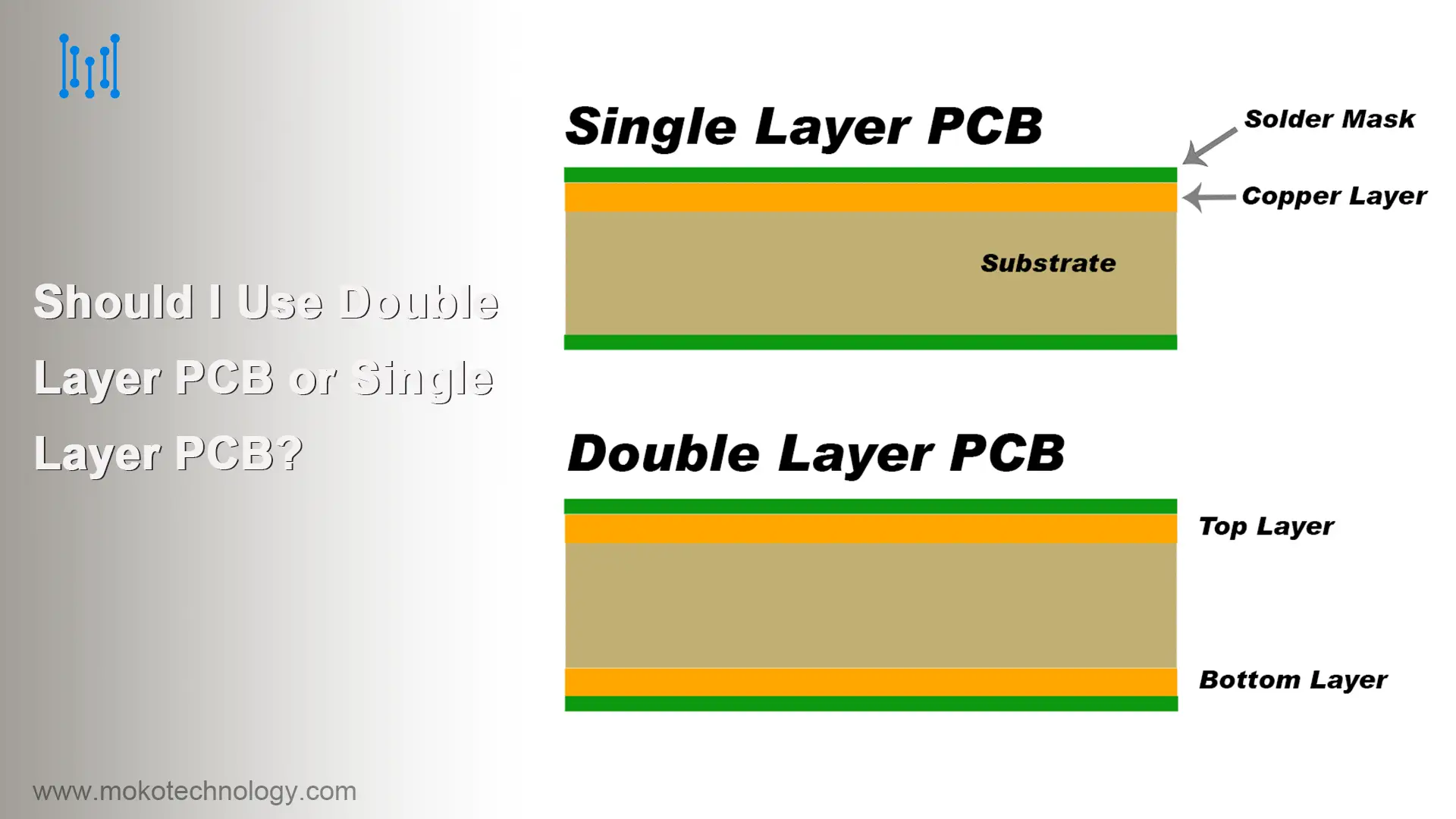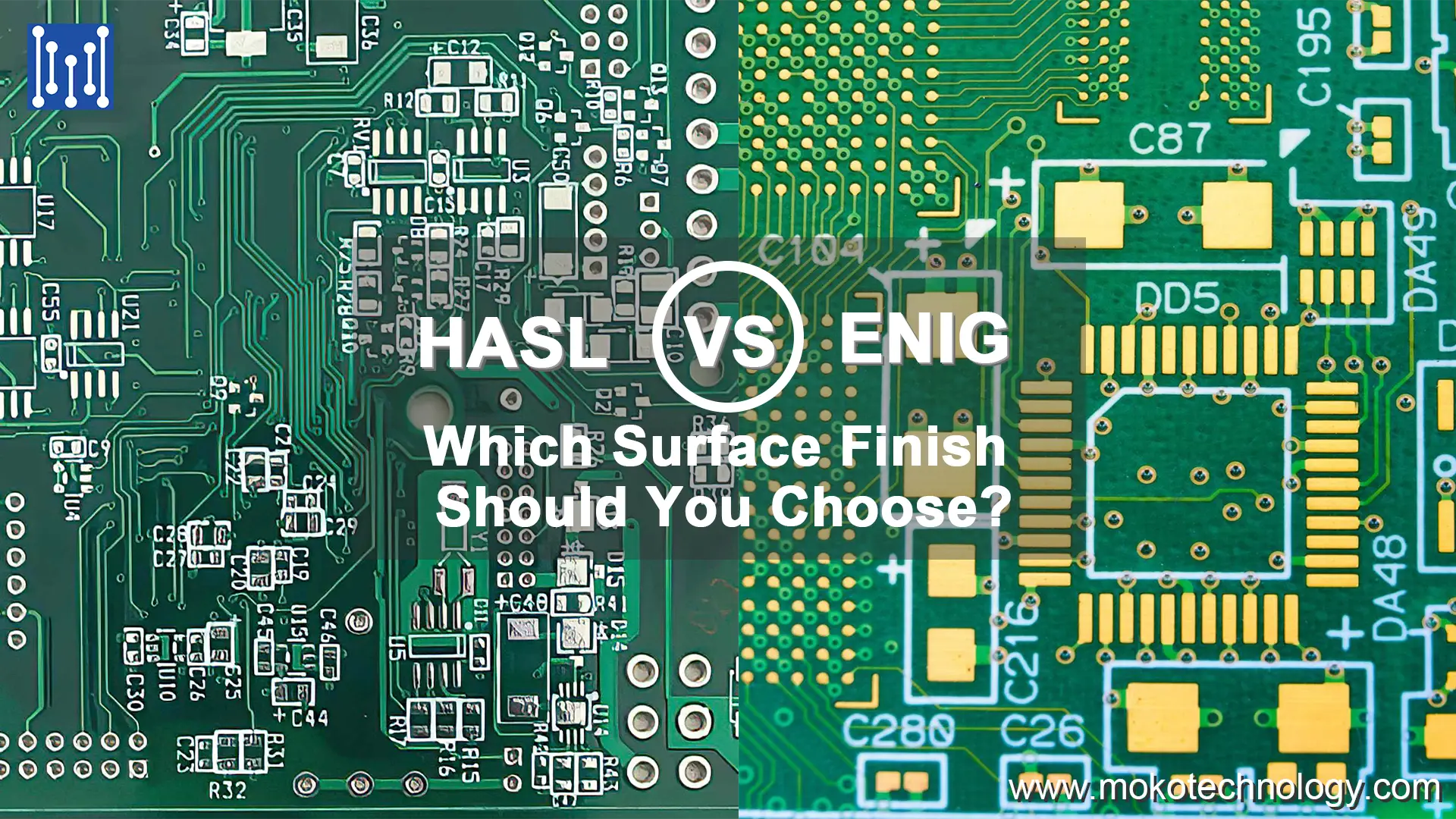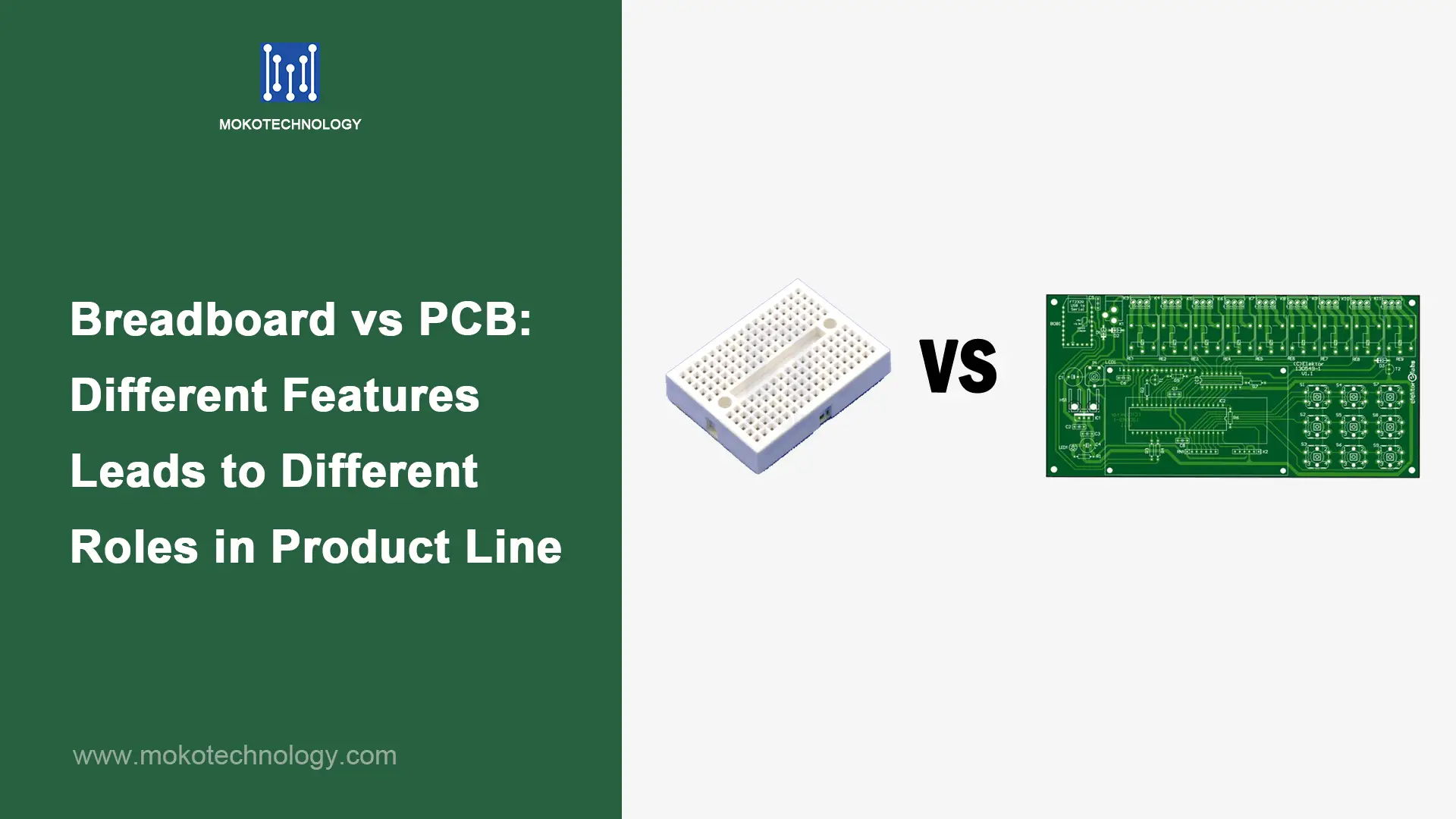High Tg PCB Board Specification
Tg means glass transition temperature. There are also a lot of different High Tg PCB materials that are not listed here, other countries, other companies prefer different materials. If without special notification, we will normally use SYL’s S1170.
6 layers high TG FR4 PCB with blinded holes
Board thickness: 1.6 mm
Minimum. Hole diameter: 0.3 mm
Minimum. Line width: 5.0mil
Minimum. Line spacing: 4.8mil
Surface treatment: immersion gold
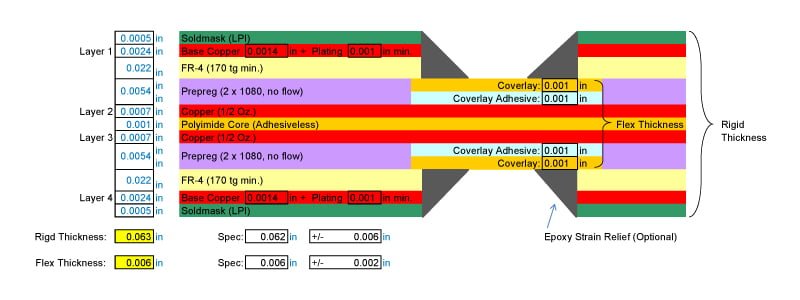
Were they from high-TG materials?
The access to a high high-TG material is that it is possible to increase the continuous operating temperature and thus also to higher currents. The continuous operating temperature is the temperature at which the circuit board can be operated continuously without being damaged. Gold plated as a rule of thumb that the TÜV is at about 20 ° C below the specified TG. This difference should serve as security because that means that loading on the TG definitely leads to the destruction of the circuit board.
High-TG material certainly feels like a “special technology”. In the automotive industry, this material is in demand due to the higher temperature resistance – with increasing authorizations and ever-increasing settings. TGs around 130 ° C is the lowest limit of FR4 materials today, but many many multilayers will become TG150 ° C. The temperature of the glass transition The temperature at which the material initially softens because the glass fiber fabric softens.
Exactly from high-TG material one speaks practically from a TG of 170 ° C. This high-TG material up to TG170 ° C becomes like normal FR4 based on epoxy resin and how it should be like a normal circuit board. The exceptions in the process are a drilling parameter because the material contains special fillers. A high TG material can be taken care of, taken care of one eye and taken care of more.
How are the high-TG materials ordering rights?
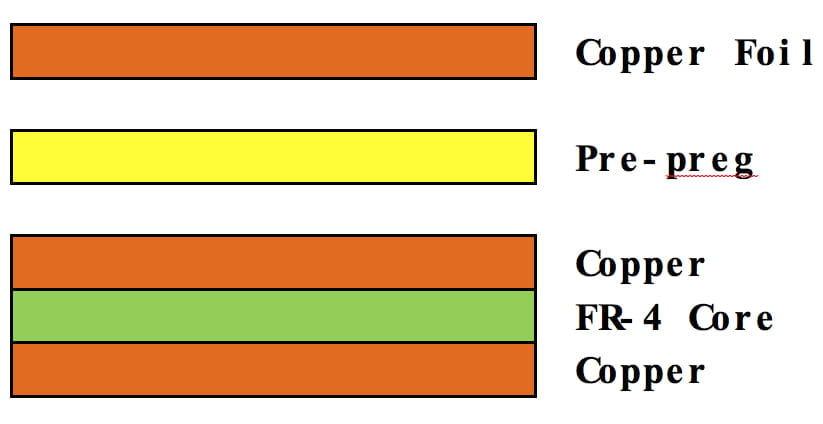
At MOKO Technology, we offer complete solutions for PCB assembly for all types of requirements related to the production of high-quality PCBs and PCB assembly. One of the most common requirements for PCB manufacturing is the requirement for high-temperature tolerance to withstand the demanding operating conditions and/or environments.
Our customers often have questions about the temperature requirements for the PCB assembly process itself and whether a certain material selection is required for the lead-free PCB assembly or not.
High TG PCB manufacturer and manufacturing ability
Moko Technology can produce high-Tg circuit boards with a Tg value of up to 180 ° C.
The following table lists some of our commonly used materials for manufacturing high-temperature circuit boards.
Material TG
(DSC, ° C) Td
(Wt., ° C) CTE-z
(ppm / ° C) Td260
(Minimum) Td288
(Minimum)
S1141 (FR4) 175 300 55 8 /
S1000-2M (FR4) 180 345 45 60 20
IT180 180 345 45 60 20
Rogers 4350B 280 390 50 / /
One can refer to our direct relationship table as a guideline:
Material TG TÜV
FR4 standard TG 130 ° C 110 ° C.
FR4 medium TG 150 ° C 130 ° C.
FR4 high TG 170 ° C 150 ° C.
Polyimide super high TG material 250 ° C 230 ° C.
The properties of high Tg materials are listed below:
Higher heat resistance
Lower the CTE of the Z-axis
Excellent thermal resilience
High resistance to temperature changes
Outstanding PTH reliability
Pcbway offers some popular high tg materials
S1000-2 & S1170: Shengyi materials
IT-180A: ITEQ material
TU768: TUC material
Types of PCB board material
There are many types of PCB board material, each board specification is different, its material, price, parameters, etc. are also different.
Depending on the grade from low to high:
The details are as follows:
94HB: ordinary cardboard, without fireproof (the lowest material, punch, can not make PCB power).
94V0: flame retardant cardboard (punched holes).
22F: one-sided half-glass fiber plate (punched holes).
CEM-1: single glass fiber plate (must be drilled by the computer, holes cannot be punched).
1. The quality of the flame retardant properties can be divided into four types: 94V-0 / V-1 / V-2/94-HB
2. Prepreg: 1080 = 0.0712 mm, 2116 = 0.1143 mm, 7628 = 0.1778 mm.
3. FR4, CEM-3 are all for material type, FR4 is fiberglass and CEM3 is the composite substrate.
4. Halogen-free is a substrate that does not contain halogen (elements such as fluorine and iodine), since bromine produces toxic gases when burned, it is not harmful to the environment.
5. Tg is the transition temperature of the glass, namely the melting point.
Moko Technology has been a professional circuit board manufacturer for many years, can provide customers PCB solution for most types of circuit boards from one source, just contact us freely.
We are one of the leading Chinese manufacturers focused on the manufacture of FR4 circuit boards. If you are interested in our PCB solution for the high TG fr4 board, please contact our factory. We are certain that we can offer you the best quality products on time and excellent service from a single source.
Hot Tags: PCB solution for high TG fr4 board, china, factory, manufacturer, manufacturing
Why is none of the TG specified in the datasheets?
With some common high-frequency materials, the TG is not taken into account in datasheets. This is due to the technical origin of the importance of the TG concentration since this is the “glass transition temperature”. In principle, this is also the case for polyimide material. In general, with ceramic or PTFE material you can usually have a “TG” of 200 ° C or more.
What should you think about flexible polyimide boards?
Rigid flex circuit board
With flexible printed circuit boards, it should be noted that despite a polyimide, they are usually also equipped with an epoxy component. Even with adhesive-free material, an adhesive would come into play when the cover film or stiffeners were stuck on, as a result of which the TG of the flexible circuit, despite polyimide as the main component, lies in the area of the epoxy.
What can a solder resist withstand?
Conventional solder resists sometimes have a load limit well below the material’s TG. For high TG material for applications above these areas, we, therefore, recommend either manufacturing without solder resist and, if necessary, protecting the entire assembly with appropriate high-temperature protective lacquers. Alternatively, discoloration of the paint at very hot temperatures should be expected.
Then please contact us and we will be happy to supply prototypes from Asia so that the later series material can be correctly qualified.
“Tg” refers to the glass transition temperature from a printed circuit board, indicates the point at which the board material begins to transform. We manufacture standard printed circuit boards with materials offering a TG value of 140 ° C, which can withstand a moderate operating temperature of 110 ° C. Incidentally, PCBonestop also offers high TG printed circuit boards to online customers.
If the Tg of PCB substrate is increased, the heat resistance, moisture resistance, chemical resistance and stability of printed circuit boards will be improved as well. The high Tg applicates more on top free PCB manufacturing processes.
Therefore, the difference between general FR4 and high Tg FR4 is, when hot, especially in heat absorption with moisture, high Tg PCB substrate will perform better than general FR4 in the aspects of mechanical strength, dimensional stability, adhesiveness, water absorption, and thermal decomposition.
China high TG PCB supplier
High TG PCB – High-temperature PCB for PCB applications that require high temperatures.
In recent years, more and more customers have asked to produce high Tg circuit boards.
Since the flammability of the printed circuit board (PCB) is V-0 (UL 94-V0), the printed circuit board changes from the glassy to the rubbery state when the specified Tg value is exceeded and the function of the PCB is impaired.
If your product is operating in the range of 130 degrees Celsius or higher, you should use a circuit board with a high TG for safety reasons. The main reason for the Hi TG board is the shift to RoHS boards. Because of the higher temperatures required for the lead-free solder to flow, most of the PCB industry is moving towards Hi-TG materials.
Attempting to reduce heat build-up on your circuit board can affect the weight, cost, performance requirements, or size of your application. As a rule, it is cheaper and more practical to simply start with a high temperature, heat resistant circuit board.
If your application is at risk of exposing your PCB to extreme temperatures or the PCB has to be RoHS compliant, you should consider high TG PCBs.
Multilayer circuit boards with many layers
Industrial electronics
Automotive electronics
Fineline trace structures
High-temperature electronics
Heat dissipation considerations
High TG PCB circuit boards are very important if you want to protect your circuit boards from the high temperatures of the application process or the extreme temperatures of the lead-free assembly. However, you should, of course, consider several methods of pulling the circuit board Extreme heat generated by electronic applications away from your board.
What is FR-4?
FR-4 circuit boards are divided into four classifications, which are determined by the number of copper trace layers contained in the material:
• Single-sided circuit board / single-layer circuit board
• Double-sided circuit board / double-layer circuit board
• Four or more than 10 layers of PCB / multilayer PCB
High TG PCB advantages
• High glass flow temperature (TG)
• High-temperature resistance
• Long peel resistance
• Small expansion of the Z-axis (CTE)
High TG PCB Application:
• Backplanes
• Server and network
• Telecommunications
• Data storage
• Heavy copper application
• Main features
Advanced high Tg PCB resin technology
Industry-standard material with multi-functional epoxy resin with high Tg (175 ℃ from DSC) and excellent thermal reliability.
The world is going green – Why are halogen-free base materials the better solution when PCB requirements are high?
According to IEC 61249-2-21: Definition of “halogen-free” the following applies:
– maximum 900 ppm chlorine
– maximum 900 ppm bromine
– a total maximum of 1500 ppm halogen
As a result, halogen-free materials predominantly use phosphorus, nitrogen, ATH as halogen-free flame retardants.
Today, modern base materials are classified according to the following UL classification, which also expresses the different nature of the base material in the standardization.
FR 4.0 – filled and unfilled epoxy resin systems Tg 135 – 200 TBBPA
FR 4.1 – filled and unfilled epoxy resin systems Tg 135 – 200 halogen-free
A new additional classification has been available for two years:
FR 15.0 – filled epoxy resin systems TBBPA RTI 150 ° C
FR 15.1 – filled epoxy resin systems halogen-free RTI 150 ° C
The replacement of the flame retardant TBBPA with halogen-free flame retardants is linked to other chemical properties of the resin systems. The bonding energy of the resin system increases significantly and serves as the basis for the improved thermal properties of the halogen-free materials. This increased binding energy also improves the adhesion problem with the glass fabric, which in turn has a positive effect on the CAF performance.
The lecture shows various examples of improved properties such as heat stability and CAF behavior in small HW-HW, which have been proven in practice.
Factors to consider in terms of thickness
Compatibility with components: Although FR-4 is used in the manufacture of numerous types of printed circuit boards, its thickness affects the type of components used.
Space requirements: When designing a circuit board, it is extremely important to save space, especially with USB plugs and Bluetooth accessories.
Design and flexibility: Most manufacturers prefer thicker printed circuit boards. With FR-4, a carrier that is too thin could break if the circuit board is enlarged. Thicker PCBs are flexible and at the same time allow “V-grooves” (notch cuts).
The environment in which the circuit board is to be used must be taken into account. With electronic control units in the medical field, thin printed circuit boards guarantee lower loads. They can bend and deform when the components are soldered.
Impedance control: The thickness of the printed circuit board includes the thickness of the dielectric medium, in this case, the FR-4, which facilitates the impedance control.
If you want to integrate your printed circuit boards in products where the use of components is not easy and which are not very suitable for a rigid printed circuit board, you should also prefer another material: polyimide/polyamide.
Product category of high TG PCB, we are a specialized manufacturer from China, blank PCB, high TG PCB supplier/factory, wholesale high-quality products of high TG PCB r & d and production, we have the perfect after-sales service and technical support. Look forward to your cooperation!
